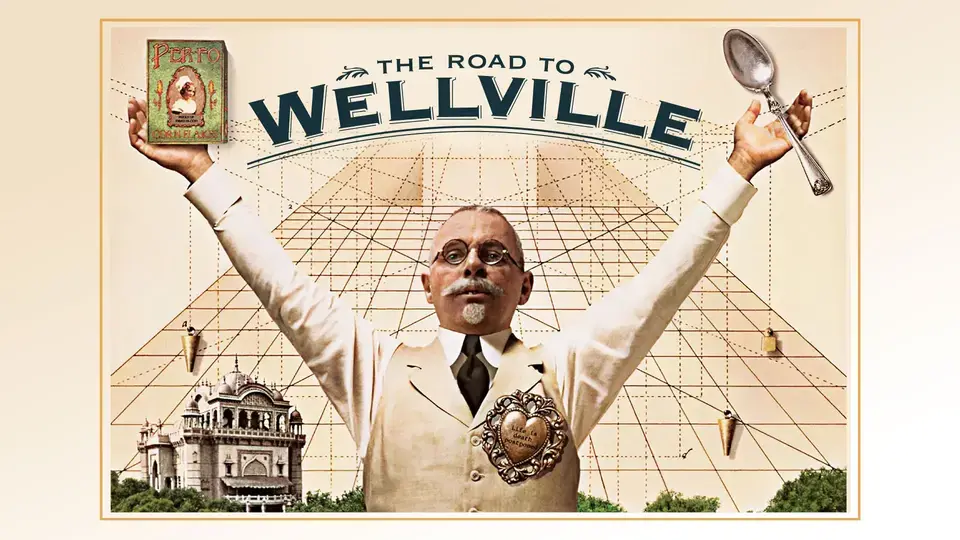Twenty Bucks (1993)
- Kyle Bain
- Aug 27, 2025
- 3 min read
-Written by Kyle Bain.
Twenty Bucks follows a twenty dollar bill around a bustling city–exchanging hands, causing chaos, and challenging the world in which it exists. Following the cash from its “birth” until the time in which it ultimately meets its demise, Twenty Bucks is an indictment of capitalism, greed, and the like–studying both humanity’s darkest recesses and most promising qualities.
In a wildly fractured narrative, Twenty Bucks attempts to fold multiple smaller narratives into one. While Director Keva Rosenfeld is ultimately unsuccessful in his attempt to incorporate these many stories into one another, there is something to be said about each of them as they exist on their own. It’s hard to say that any character(s) is the primary focus of Twenty Bucks, though it feels safe enough to say that Sam (Brendan Fraser) and Emily (Elisabeth Shue) are meant to fill that role. Their respective stories require the most attention, and with their eventual connection at the end of the film, it’s quite possible that Rosenfeld and Writers Leslie Bohem and Endre Bohem anticipated that these two characters would most greatly appeal to viewers.
To some degree, I do feel that these two have the most to offer the film in terms of narrative. Sam undergoes a massive transformation from start to finish, and Emily remains the level-headed, strong-willed woman that has high aspirations. However, the two meeting at the conclusion of Twenty Bucks feels like nothing more than a plot contrivance rather than something organic and grounded. This piece of their narrative is what I found most challenging about the film as a whole. While I appreciate the characters, and believe that the two finding one another by the film’s end is charming–they represent one of the most frustrating aspects of Twenty Bucks.
Rosenfeld is unsuccessful in combining these series of stories, but what he does well is use his documentary filmmaking background to create something immersive, informative, and interesting nonetheless. Twenty Bucks is full of underutilized, fleeting ideas, but they exist within the film regardless of whether or not they are fully realized. Capitalism, greed, ambition, generosity, and more play a role in Twenty Bucks, and they are personified in certain characters throughout. Angeline (Linda Hunt) represents hope, Emily represents ambition, Jimmy (Christopher Lloyd) represents greed, and so on. Each and every character has a place in this film, but the inability of the Bohems and Rosenfeld to fully develop these characters and what they represent hinders the film’s ability to find its audience and remain linear.
Twenty Bucks is a messy film that never finds its direction; nor do I believe that this team knew which direction it wanted to head in the first place. While effective cinematography and outstanding performances are a high point for the film, these things aren’t quite impressive enough to make this film a must see. Again, while much of the film is underdeveloped, the fact that there are so many moving parts, and that so many important and relevant ideas are incorporated into Twenty Bucks means that there is effectively something for everyone–though it may take more than one attempt to get everything out of it.
At the core of Twenty Bucks, there’s a story that needs to be told–but on the surface viewers get something chaotic and often unhinged.
Directed by Keva Rosenfeld.
Written by Leslie Bohem & Endre Bohem.
Starring Linda Hunt, Brendan Fraser, Elisabeth Shue, Christopher Lloyd, Steve Buschemi, David Schwimmer, etc.
6.5/10 = WATCH IT FOR FREE





Comments